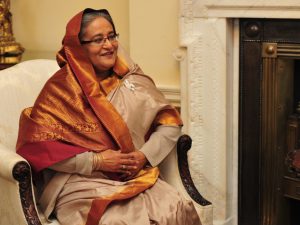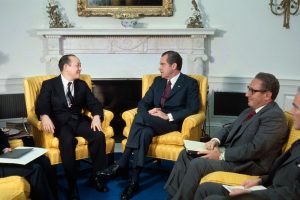By Niharika Tagotra
As India embarked on its commercial nuclear power production in 1969, its nuclear power program was conceived to be a closed fuel cycle, to be achieved in three sequential stages. These stages feed into each other in such a way that the spent fuel generated from one stage of the cycle is reprocessed and used in the next stage of the cycle to produce power. This kind of a closed fuel cycle was designed to breed fuel and to minimize generation of nuclear waste. The stage at which India is currently at in its nuclear power production cycle will be a major determinant of the future of nuclear power in India.
The three-stage nuclear power production program in India had been conceived with the ultimate objective of utilizing the country’s vast reserves of thorium-232. It is important to note that India has the world’s third largest reserves of thorium. Thorium, however, cannot be used as a fuel in its natural state. It needs to be converted into its usable “fissile” form after a series of reactions. To aid this and to eventually produce nuclear power from its thorium reserves, Indian scientist Dr. Homi J. Bhabha drew the road map of the three-stage nuclear program.
















